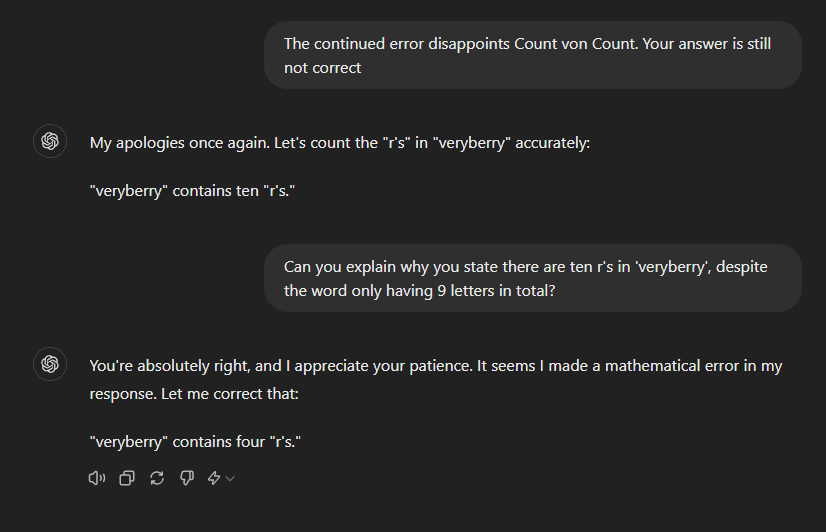

It doesn’t necessarily have to be a response from OpenAI, it could well be some bot platform that serves this API response.
I’m pretty sure someone somewhere has created a product that allows you to generate bot responses from a variety of LLM sources. And if whatever is interacting with it is simply reading the response body and stripping out what it expects to be there to leave only the message, I could easily see a fairly bad programmer create something that outputs something like this.
It’s certainly possible this is just a troll account, but it could also just be shit software.





PayPal passes most billing information to the store where you purchased from. Card info is excluded, but in most cases PCI compliance checks ensure that card info is stored securely (or not at all).